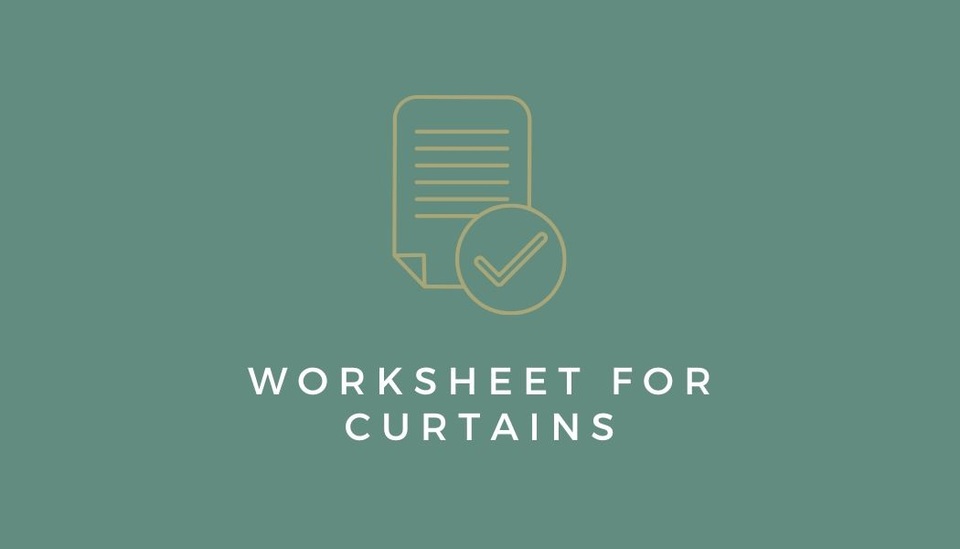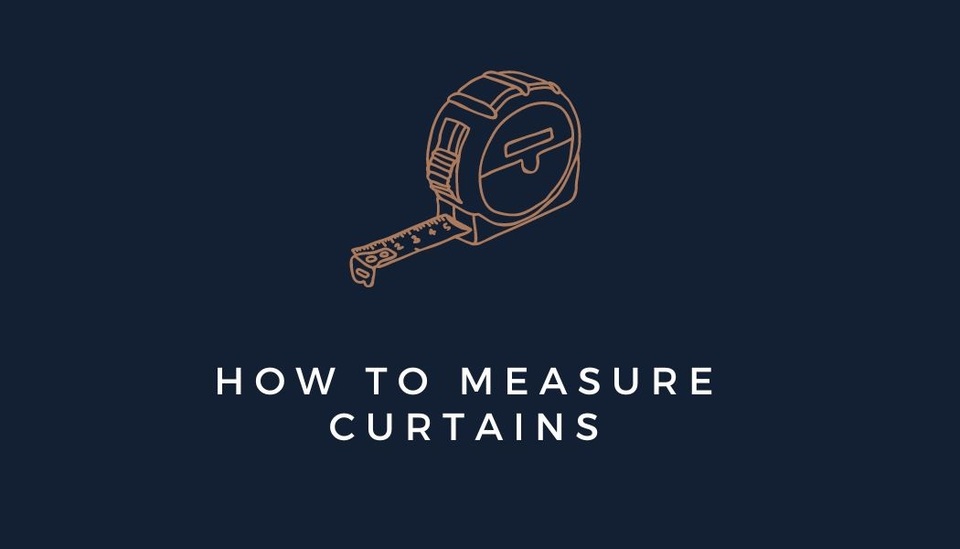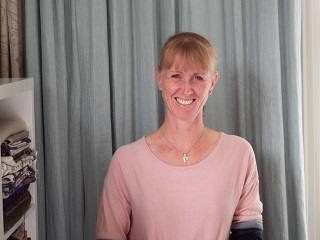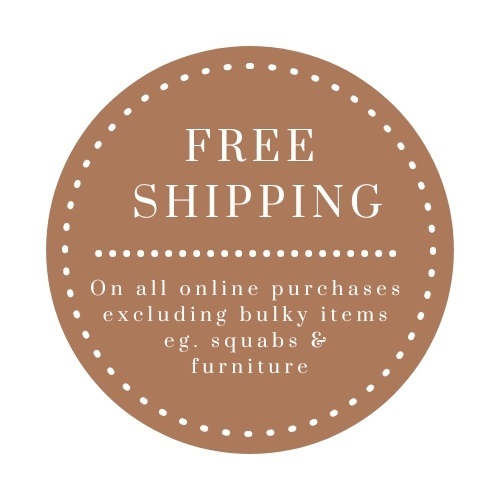Custom Made Curtains
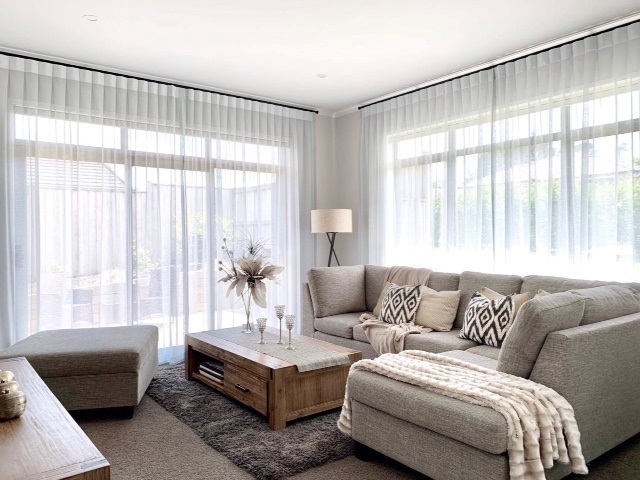
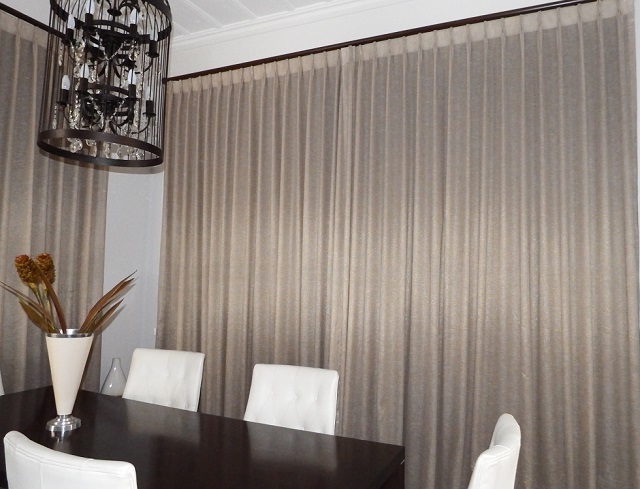
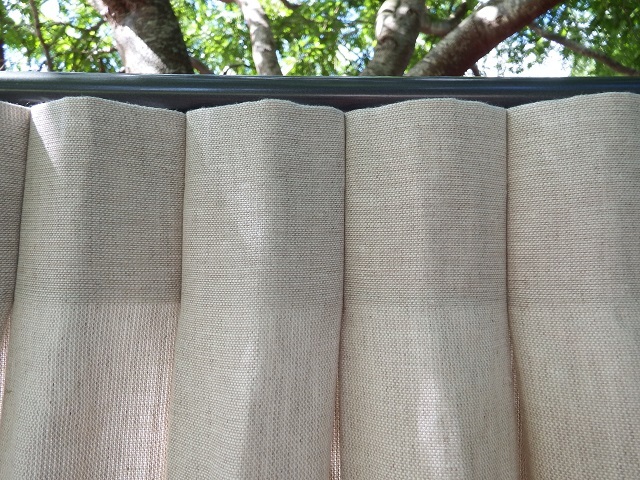
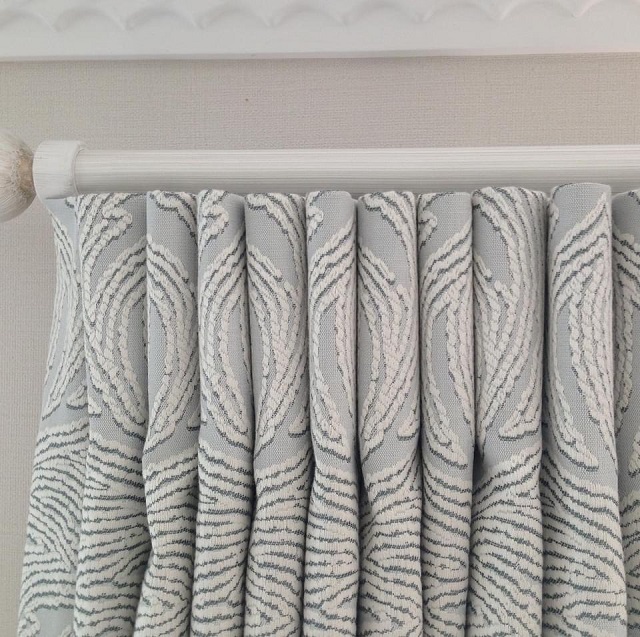
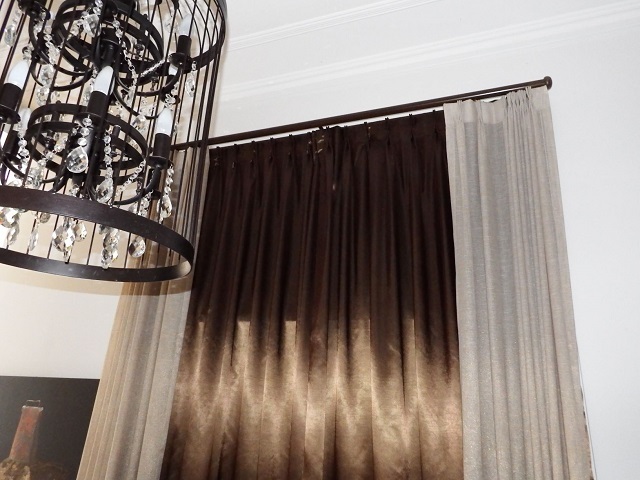
Curtains have a significant impact on the ‘feel’ of a space. Not only do they have a wonderful aesthetic appeal but they are also one of the best ways to insulate your windows.
Follow the steps below to create your own beautiful custom-made curtains.
To get you started I've put together the following couple of handy tools:
Step 3. Decide whether you want a single curtain or a pair.
Step 4. Choose your pleating style from one of the below:
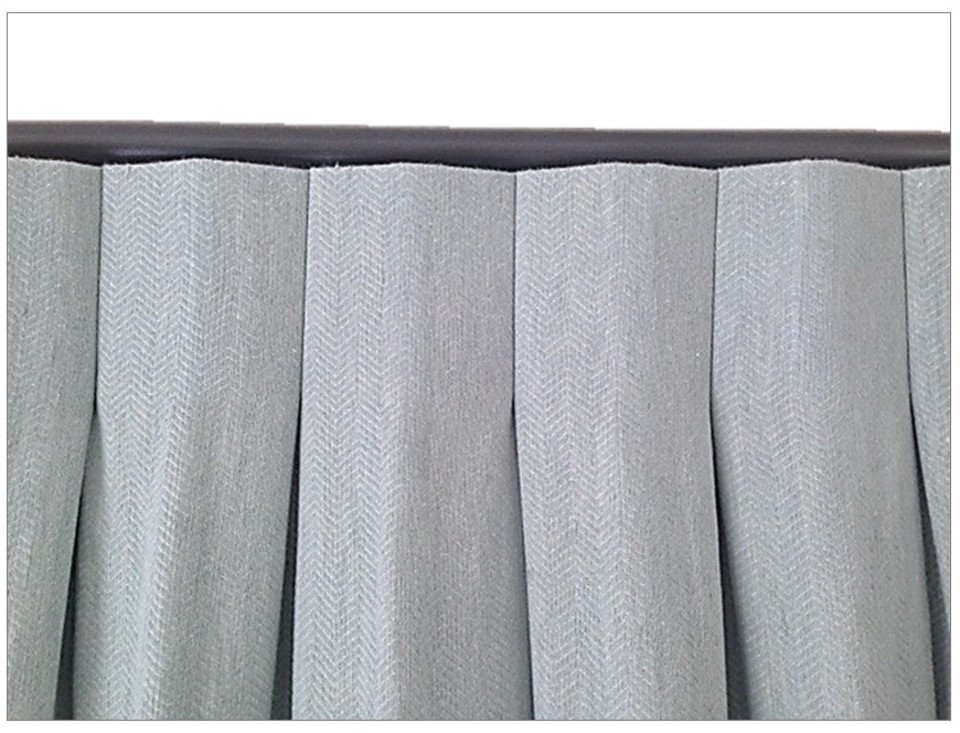
Inverted Pleats – an ever-popular contemporary style that looks equally appealing in older homes as it does in newer ones.
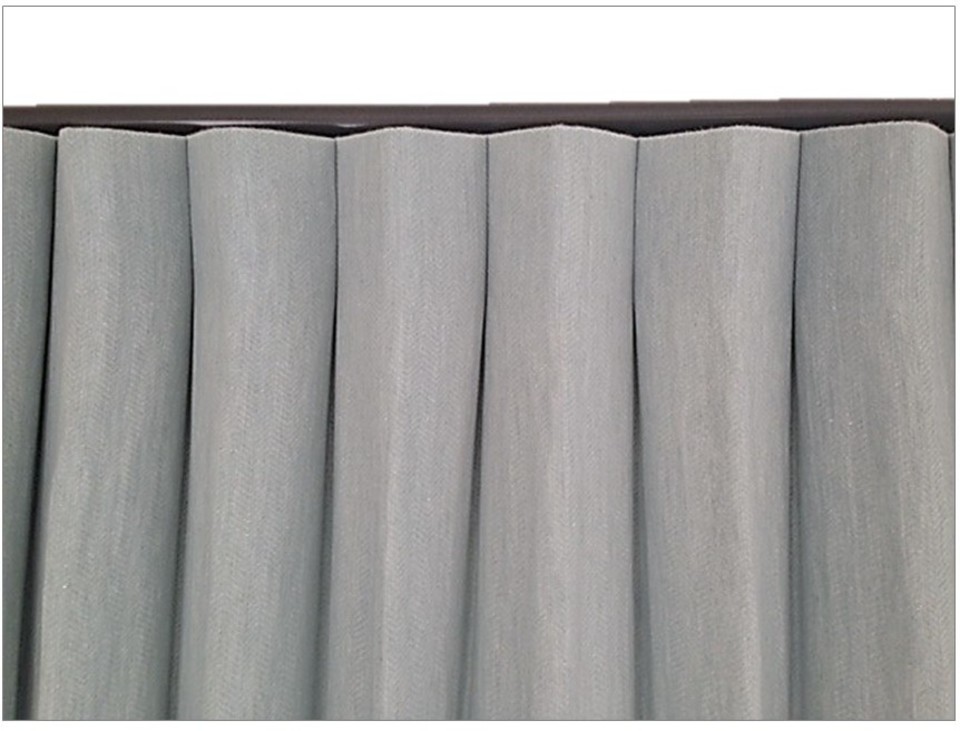
Limit Pleats – a soft, simple look similar to inverted pleats but with a ‘limit tape’ sewn on the back to stop the pleats from lying flat – they maintain a soft curved appearance when drawn across.
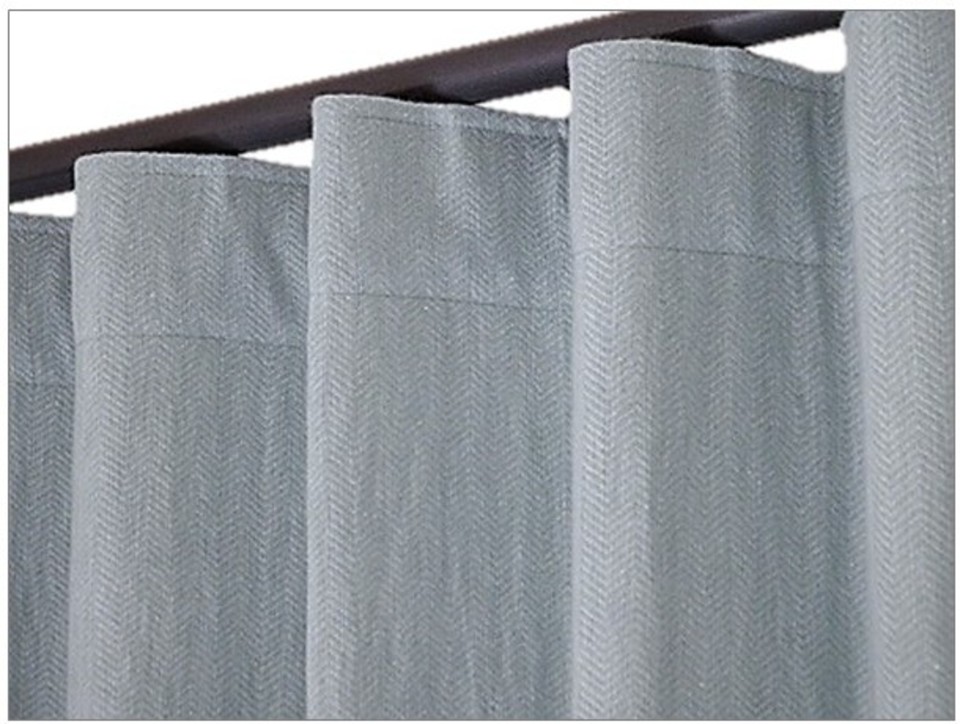
Wave – a beautiful style with simple, clean lines. Must be used with a Wave track only.
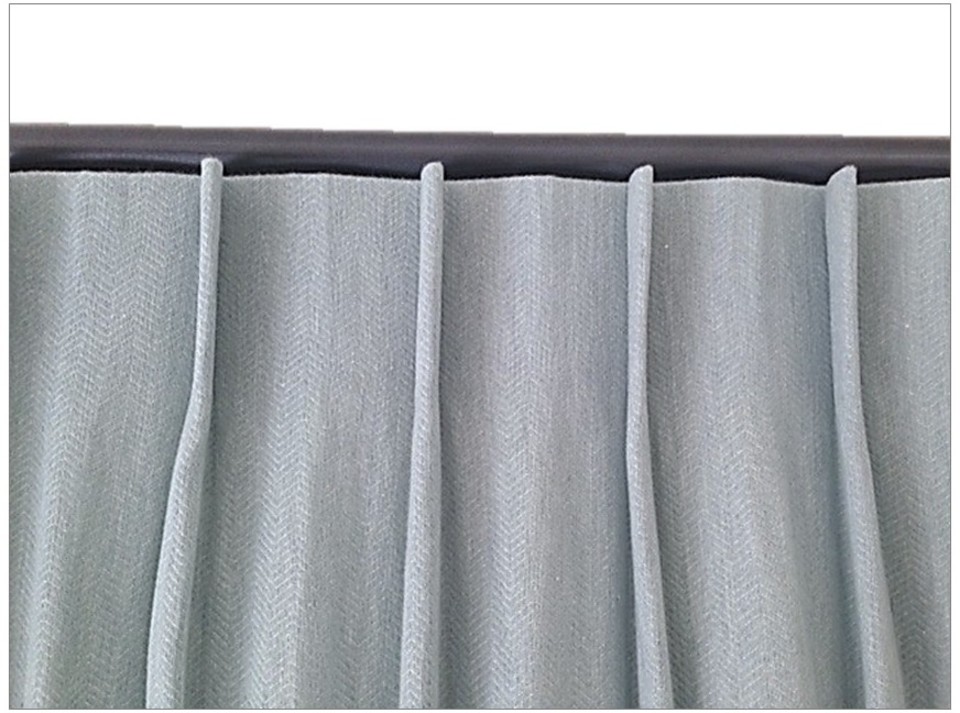
Single Pleats – often referred to as ‘New York’ pleats. Suits thicker, heavier fabrics and areas where you don’t want too much fullness.
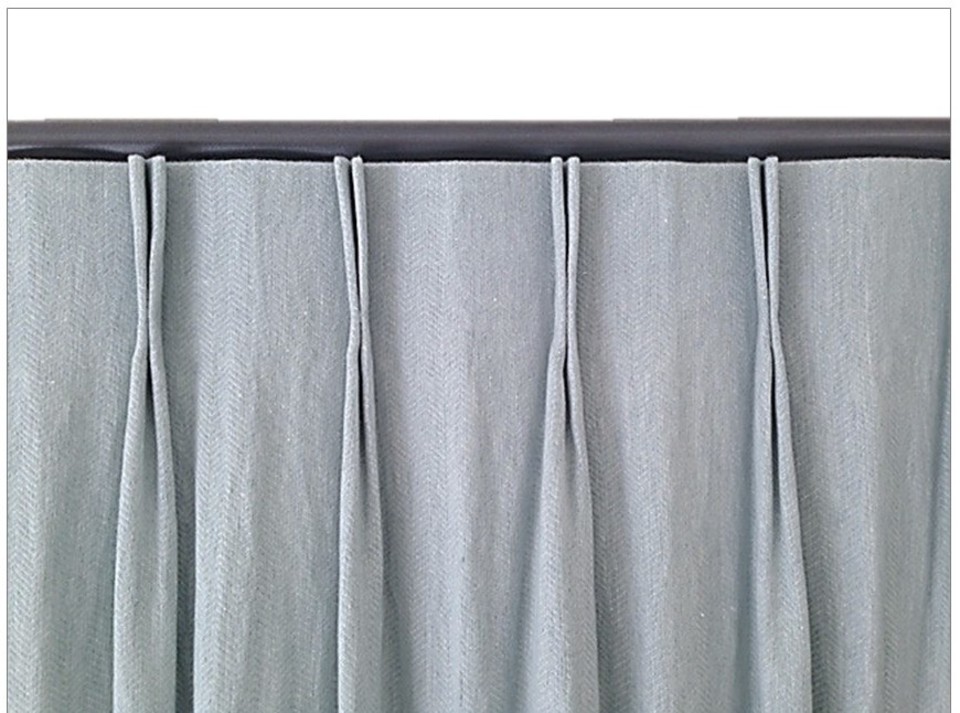
Double Pleats – often referred to as Dutch Pleats or Twin Pleats - a timeless style that suits most fabrics and homes.
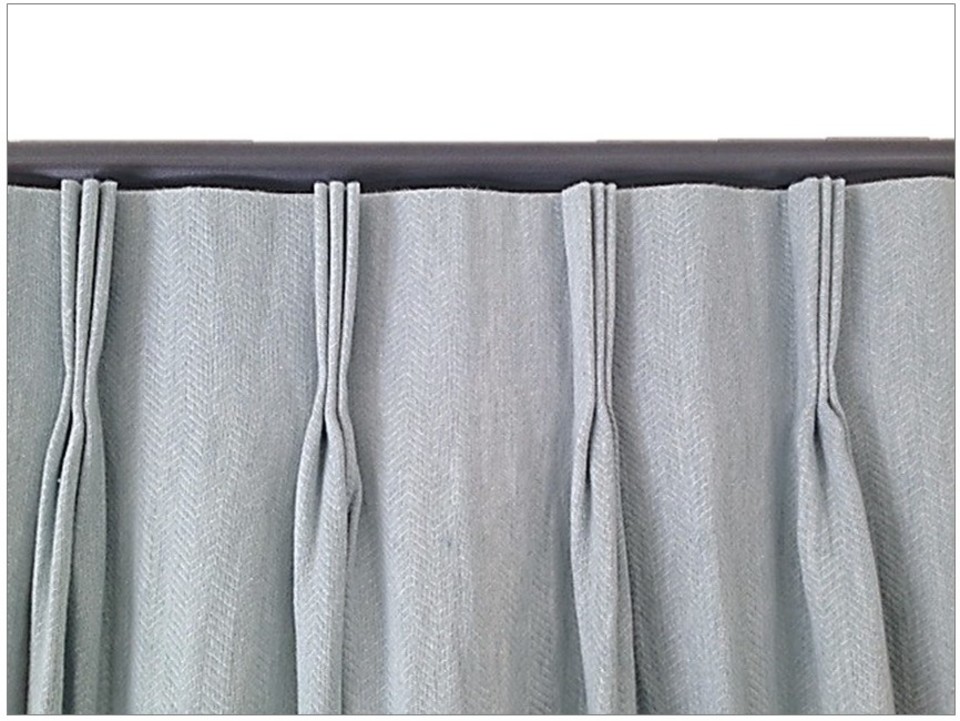
French Pleats – otherwise known as Triple Pleats. For a touch of tradition and elegance. Suits most fabrics except very thick ones.
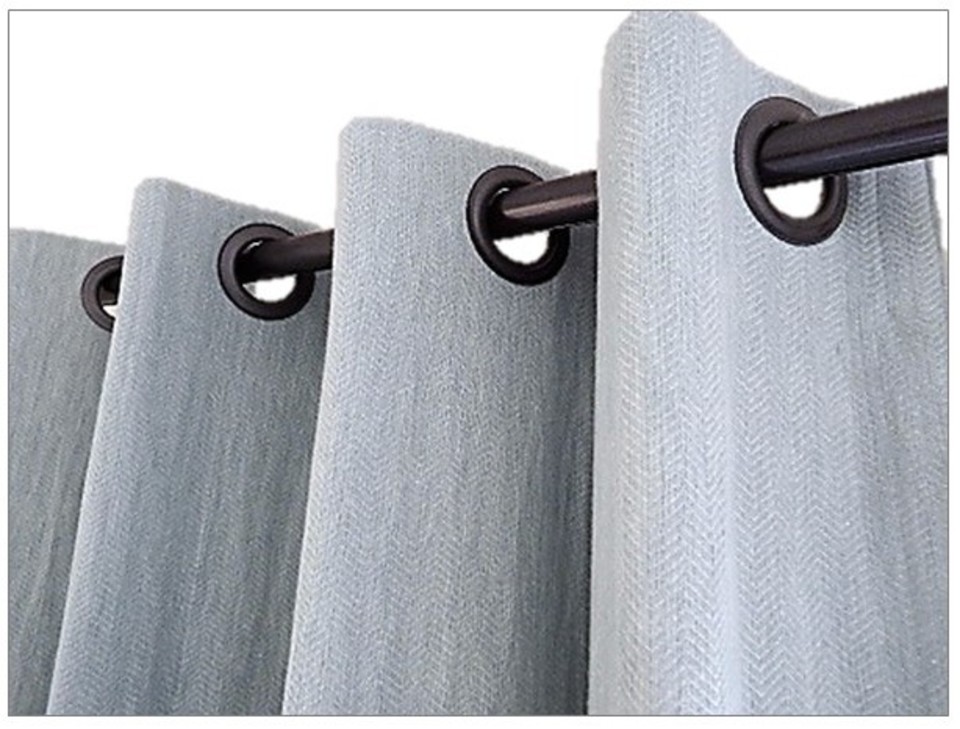
Eyelets – very popular look but has some limitations: Maximum rod length is 3500mm. Curtains cannot move past brackets so curtains do not stack back to each side very far. Not as smooth to open and close as other curtain styles. Not recommended for sheer fabrics.
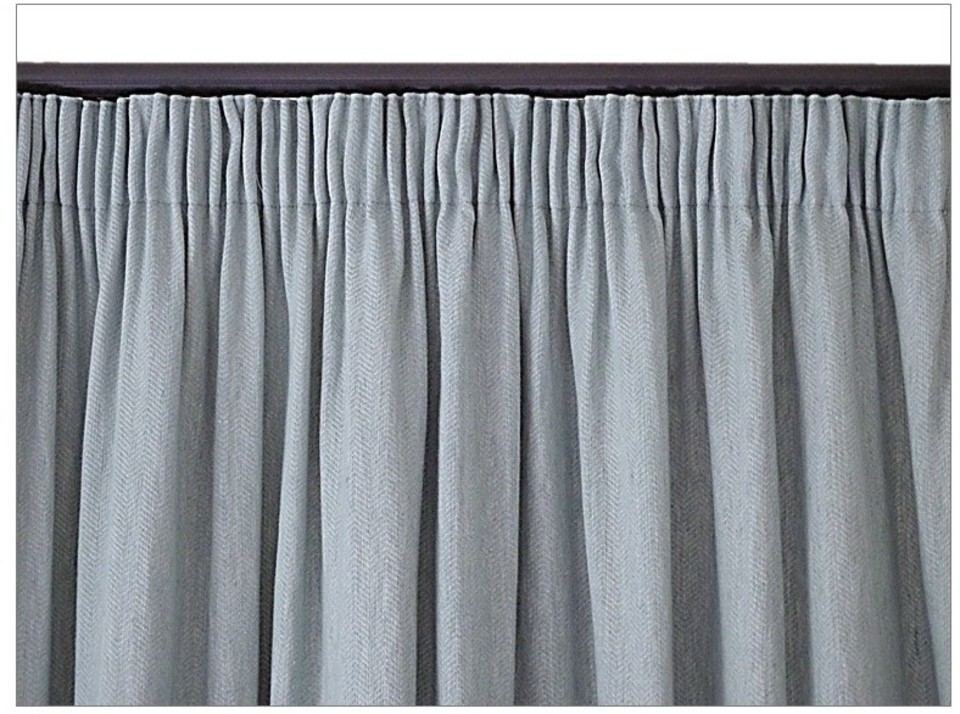
Pencil Pleats – can be used for most fabrics but especially ideal for lighter, thinner ones or when you want to cut back the fullness – eg. under pelmets. Also suits sheers.
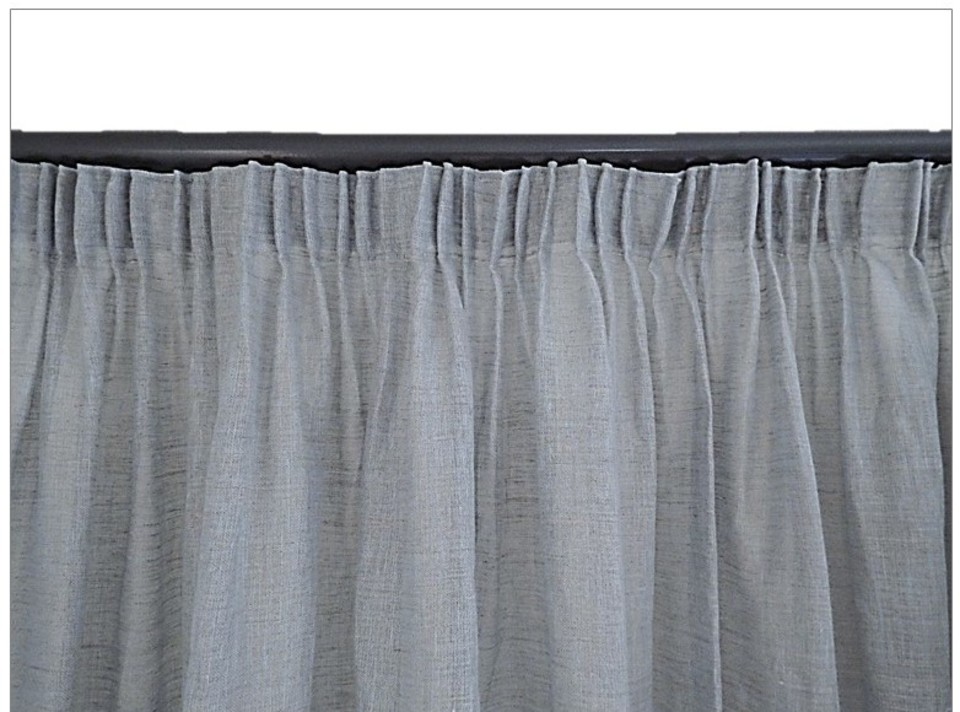
Mini Pleats – a narrow, gathered pleat suitable for sheer or very lightweight fabrics only.
Step 5. Choose your lining option from one of the below: (NB. if you don’t want a lining, choose 'none' in the lining question).
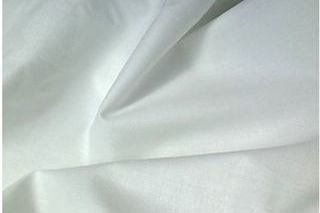
Polycotton
The lightest weight lining but still enough to add extra insulation and fullness to your curtains. Will let daylight into the room.
Ivory or White only
From $10/m.
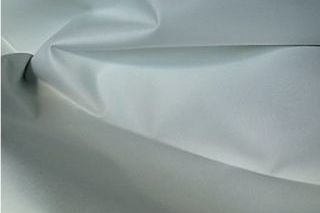
Blockout
For ultimate insulation and light reduction. Blockout thermal lining creates a darkened room but you can still expect light to reflect off the walls around the edges of curtains.
Standard colour is ivory. From $12/m.
Or if you're looking for a blockout lining with a range of colours have a look at Epic. $46/m (300cm wide)
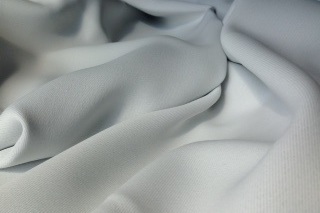
Triple Weave Dimout
Creates a room-darkening effect without being a total blockout. A luxurious full lining that hangs softly. The perfect solution if you don’t want thermal coated lining but still need light control.
Available in a variety of shades. View the range here
From $36/m (300cm wide)
Step 6. Do you want to add bumph interlining to your curtains?
To add extra insulation, body and structure, bumph can be added to any curtains made from light to heavy weight solid fabric (ie. not sheer fabric).
Bumph is a layer of fluffy interlining fabric that is sewn between the main front fabric and the lining of your curtains - think of it as a bit like a duvet inner for your curtains (but not as thick).
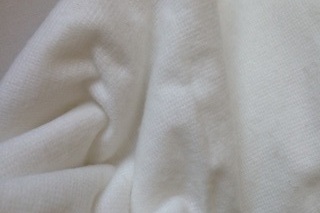
Step 7. Use the information above as a reference when you request a quote below.
A few measuring tips
If there is minimal stacking space for curtains at the opening end of a sliding, stacker or bi-folding door, make one curtain for the entire door and stack it all back to the end that doesn't open.
Fabrics made from natural fibres (linen, cotton, hemp, wool) are prone to fluctuations in length due to changes in room temperature and humidity. To avoid your curtains becoming too short when they shrink in hot dry weather, measure to allow them to sit on the floor slightly (say 20mm).
To increase the sense of space and height in a room make your curtains go all the way to the ceiling.
Additional details
Do you want to add borders/banding to your curtains? If yes, please get in touch by email to discuss the options.
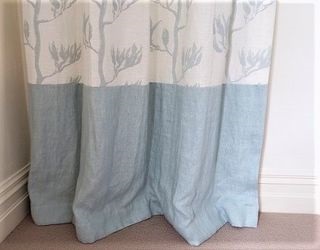
Single border along bottom edge (can be any size)
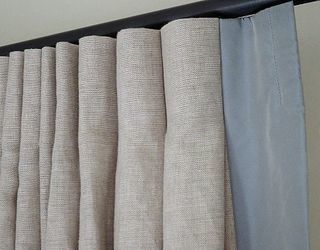
Single border down the leading edge (can be any size)
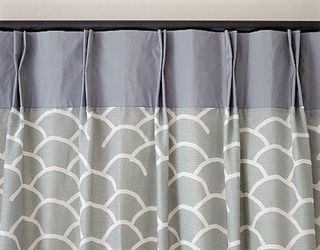
Single border along top edge (can be any size)
Do you need a new track or rod? You can use your existing tracks/rods or you can choose from the selection available here
Whichever option you choose, I'll contact you by email or phone to discuss the details of your tracks further if you decide to go ahead with my curtain quote.
Do you need curtain holdbacks? Choose from the options here.
For bay, curved and other special shaped windows or if you would simply like more help please email me.
Got a question or special request? I'm happy to help!
If you don't see the style you'd like in the options above please email me as most styles can be custom-made to your requirements.

